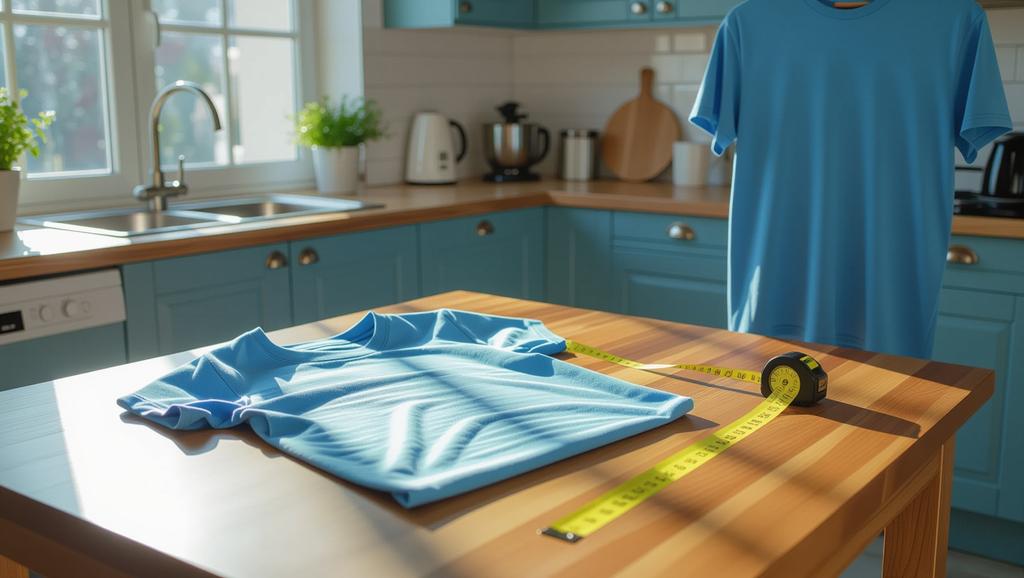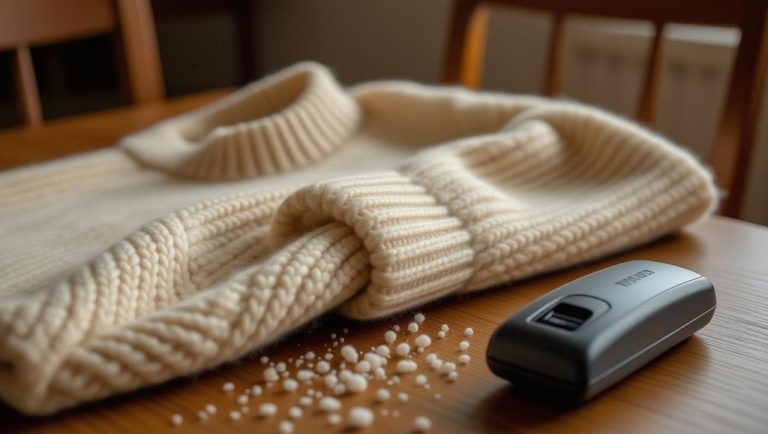Why Clothes Shrink During Washing
Clothes often shrink during washing because of how fabrics react to heat and water, something I’ve noticed over years of doing laundry. When you throw in a hot wash, the fibers in natural materials like cotton or wool can tighten up and contract, making everything smaller than before. It’s frustrating when your favorite tee ends up fitting like a kid’s size, but understanding this process helps you control it. For instance, I once had a wool sweater that turned into a crop top after a hot cycle, and that taught me to always check the labels first.

Another reason is the agitation in the washer, which pulls and twists the fibers, especially in fabrics that aren’t treated. Synthetic stuff like polyester doesn’t shrink as much because they’re made to resist heat, but naturals are more vulnerable. In my experience, using high heat in the dryer afterwards really seals the deal on shrinkage. It’s like the fabric remembers the heat and decides to cozy up. I’ve shared this with friends, and they always say it makes sense now.
Plus, over time, repeated washes can wear out the fibers, leading to more shrinkage down the line. I remember buying a pair of jeans that felt perfect at first, but after a few hot washes, they were way too short. That’s why knowing how to shrink clothes in the wash how to shrink clothes in the wash can actually be a lifesaver if you’re dealing with ill-fitting items. Overall, it’s all about the combination of water temperature, drying methods, and the fabric’s original state.
Factors That Cause Fabric Shrinkage
There are several factors that cause fabric shrinkage, and from my laundry adventures, it’s mostly tied to the type of material and how you handle it. For example, natural fibers like cotton and wool have this tendency to swell when wet and then contract when dried, which leads to that annoying shrink. I’ve seen it happen with my own shirts—put them in hot water, and bam, they’re smaller. Temperature plays a huge role; high heat from the washer or dryer speeds things up, while cold water keeps everything stable. laundry tips can really help here, like always opting for warm cycles if you’re not aiming to shrink.
Moisture is another big factor because it makes fibers expand and then snap back when dried. I once tried shrinking a silk blouse, and it worked, but I had to be careful not to overdo it. The way the fabric is woven also matters—a loose weave shrinks more than a tight one. In my opinion, it’s fascinating how something as simple as a wash cycle effects the whole thing. Over the years, I’ve learned that even the detergent you use might play a part, as some can relax fibers more.
Don’t forget about the age and quality of the clothing; older items or cheaply made ones shrink faster because their fibers are weaker. I had an old cotton dress that shrank dramatically after one wash, which was a bummer. fabric shrinkage is inevitable if you ignore these factors, but with a bit of knowledge, you can predict and manage it. Personally, I feel more in control now that I know what causes it.
Step-by-Step Guide to Intentional Shrinking
If you’re looking to intentionally shrink clothes, follow this straightforward guide I’ve put together from my own trials. First off, start by checking the care label because not all fabrics respond the same—cotton shrinks easily, while polyester might need more effort. Begin with a hot water wash on a normal cycle to get the fibers loosening up. I remember the first time I did this with a baggy t-shirt; it came out perfectly fitted after just one go.
Read more Budget-friendly hacks to upgrade your style
This method works best for natural fabrics, so keep that in mind.
Types of Fabrics and Best Practices
When it comes to types of fabrics, cotton is probably the easiest to shrink, as I’ve done it countless times. For cotton clothes, run them through a hot wash and then dry on high heat for about an hour. Wool needs a gentler approach; wash in warm water and air-dry or use low heat to avoid felting. In my experience, silk can shrink too, but you have to soak it in warm water and pat it dry—don’t wring it out or you’ll damage the fibers. Polyester is trickier; it might not shrink much, so repeating the hot wash and dry cycle a few times helps. Best practices include testing a small area first, like I always do, to make sure you’re not ruining the whole piece.
For denim, which is mostly cotton, a hot wash and high-heat dry does the trick, but if you want to target just the waist, use an iron after dampening that spot. I’ve shrunk jeans this way and it worked great, though you have to be patient. clothing care guide emphasizes not overdoing it, as some fabrics can get brittle. Personally, I think it’s rewarding when you get the fit just right.
Make sure to check the garment after each step; put it on and see if it’s shrunk enough before going again. For example, with bamboo fabrics, which are similar to cotton, the same steps apply but watch for color fading. Overall, tailoring your method to the fabric type makes all the difference.
Tips for Preventing Unwanted Shrinkage
To prevent unwanted shrinkage, always opt for cold water washes, as I’ve learned from my mistakes. Hot water is the main culprit, so saving that for when you actually want to shrink something is key. Use the gentle cycle for delicate items, and never overload the washer—that way, clothes can move freely without getting twisted. In my laundry routine, I make it a habit to separate fabrics, like keeping wools away from synthetics. shrink prevention methods are simple once you get into the swing of it.
Another tip is to air-dry whenever possible; the dryer adds extra heat that causes more shrinkage. I hang most of my clothes on a rack, and they’ve lasted way longer without shrinking. Also, follow the care labels religiously—they’re there for a reason. From personal experience, ignoring them led to a few disasters, like a shrunken sweater that was supposed to be dry-clean only.

Lastly, don’t forget to use fabric softeners, which can help relax fibers and reduce the chance of shrinking. I’ve noticed that adding a bit to each load keeps things in shape. With these tips, you’ll save yourself a lot of headaches.
Common Laundry Mistakes and Fixes
One common mistake is using too much heat, which I’ve definitely guilty of in the past. People often set the washer to hot without thinking, leading to unexpected wash cycle effects. The fix is simple: switch to cold or warm for regular washes and only use hot when needed. Another error is forgetting to remove clothes promptly from the dryer; leaving them in there lets them cool and set in a shrunken state. I always set a timer now to avoid that.
Overloading the machine is another big no-no; it causes clothes to rub against each other more, promoting shrinkage. To fix this, wash smaller loads so everything has space. In my opinion, it’s easy to get lazy, but taking that extra step makes a difference. Also, not checking pockets or zippers can lead to snags that weaken fabrics over time.
Finally, using the wrong detergent for the fabric type can accelerate shrinkage. Go for gentle, fabric-specific ones instead. I’ve fixed many of these issues by just being more mindful, and it really pays off in the long run.
Conclusion
In conclusion, mastering how to shrink clothes in the wash doesn’t have to be complicated, and with these tips, you can do it safely. From understanding why clothes shrink to preventing it altogether, I’ve shared what works for me based on real experiences. Remember, always test first and be patient—it’s better to go slow than ruin something. Overall, with a little care, your wardrobe will fit just right. I hope this helps you as much as it’s helped me!












